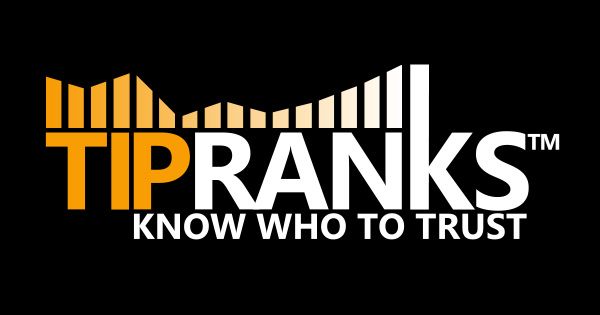It has been a torrid few months for my short position in Tesla. I sometimes ask myself if I have completely misjudged the company.
I’ve looked again at my analysis and the conclusion is the same. Putting it bluntly, Elon Musk is probably the most egregious example I’ve ever come across of a manager who promises the sun, moon and stars, but comes up short.
A few examples, taken from quarterly updates from January 2018, illustrate my point:
Jan 2018: “In 2018, we expect to begin generating positive quarterly operating income on a sustainable basis”. The company had negative operating income in four of the seven quarters since then. Shareholders suffered total losses of almost $2 billion in the following seven quarters.
Jan 2018: “There were initial concerns that sales of Model 3 would cannibalise Models S and X. The opposite is true.” Models S and X sales fell, almost a third, from 99,500 in 2018 to 66,750 in 2019. Margins on Models S and X are much higher than on Model 3.
Jan 2018: “thrilled to surprise everyone with the next generation Roadster”. Also unveiled the Semi (a truck) which “launched Tesla into a new product category”. Neither vehicle has yet seen the light of day. They are promised sometime in 2020., more than two years later. Don’t hold your breath.
April 2018: “Gross profit should grow much faster than operating expenses”. Gross profit fell in Q4 2018 and Q1 2019. In the most recent quarter (Q3 2019), gross profit was less than 80% of the corresponding figure twelve months earlier.
July 2018: “Expect to hit 10,000 Model 3 a week (130,000 a quarter) sometime next year.” The highest quarterly figure in 2019 was almost 30% shy of that expectation.
Jan 2019: “Expect to have positive GAAP profit in every quarter beyond Q1 2019”. Losses in Q1 and Q2 2019.
April 2019: “Enabling our customers to use the Tesla ride-hailing network fleet and generate income” This refers to the famous/infamous robotaxis, which supposedly will enable Tesla owners earn extra money by telling their cars to ferry partygoers while they sleep. Don’t worry about putting the kids into a car reeking of booze and cheap perfume the next morning. Musk claimed in a press conference the same month that Tesla would only earn sustainable profits after it had built a global network of fully self-driving robotaxis.
July 2019: “We believe our business has grown to the point of being self-funding” Just after tapping shareholders and bondholders for more than $2.5 billion.
July 2019: In relation to autopilot and Full Self-Driving (essential for robotaxis): “We are making progress towards stopping at stop signs and traffic lights.” No report since then on whether the monumental challenge of stopping at stop signs has been surmounted.
October 2019: “One accident for every 4.34 million miles driven in which drivers had Autopilot engaged. The national average is one accident for every 0.5 million miles.” Grossly misleading. Autopilot is engaged on motorways. The vast bulk of accidents happen off motorways - probably near stop signs and traffic lights, which are proving such a challenge for Tesla’s autopilot.
Tesla can boast some great achievements, but at what cost? By September 2019, it had taken around $18 billion from shareholders (in current money terms) and another $13 billion from bondholders. Shareholders have no prospect of getting any return on their investment for years into the future (if ever). They lost a further billion dollars in 2018 and again in the first nine months of 2019.
Yet those same shareholders seem to think that, in five years’ time, Tesla will be generating profits of over $5 billion a year. Hope springs eternal.
That explains why I’m still short Tesla.

www.tipranks.com